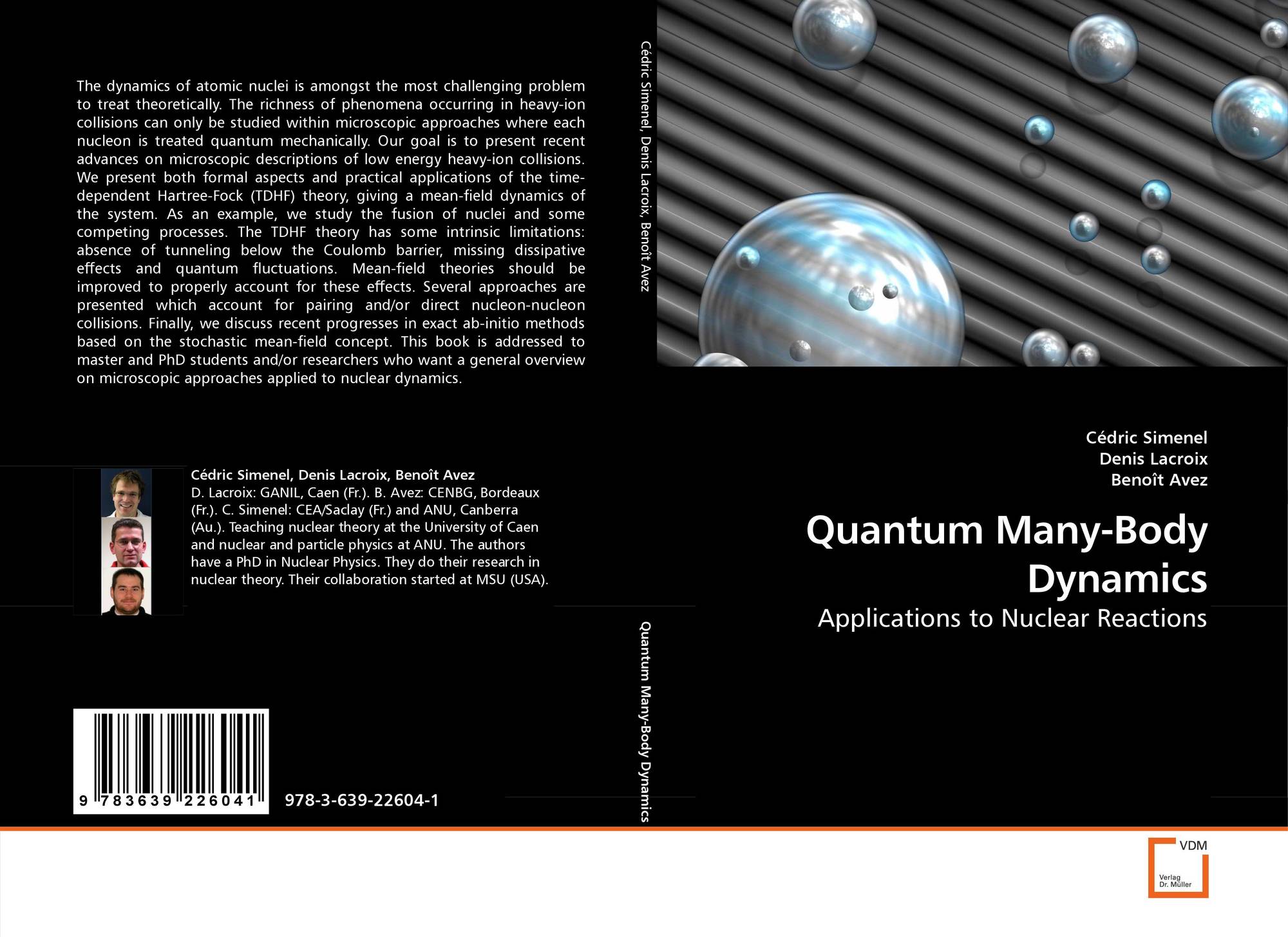

Researchers hope that investigating the strange finding could help them make new connections between seemingly unrelated aspects of particle physics. While this duality arises in a simplified theory of gluons and other particles that does not quite describe our universe, there are clues that a similar duality might hold in the real world.

Now, the antipodal duality, as the researchers are calling it, has been confirmed for high-precision calculations involving 93 million terms. By the end of the call, having calculated thousands of terms that kept agreeing, the physicists were pretty certain they were dealing with a new duality - a hidden connection between two different phenomena that couldn’t be explained by our current understanding of physics. They started calculating the two amplitudes at progressively higher levels of precision (the greater the precision, the more terms they had to compare). Knowing of no reason the two scattering amplitudes should correspond, the group thought perhaps it was a coincidence. (Image: CERN)ġTechnical note: specifically, for an emitter of mass m and energy E, gluon emission is suppressed at angles smaller than the ratio of m and E, relative to the emitter’s direction of motion.He shared his observation with his collaborators over Zoom. “Our successful technique to directly observe a parton shower’s dead cone may offer a way to measure quark masses.” As the parton shower proceeds, gluons are emitted at smaller angles and the energy of the quark decreases, resulting in larger dead cones of suppressed gluon emission. “Quark masses are fundamental quantities in particle physics, but they cannot be accessed and measured directly in experiments because, with the exception of the top quark, quarks are confined inside composite particles,” explains ALICE physics coordinator Andrea Dainese. The result also directly exposes the mass of the charm quark, as theory predicts that massless particles do not have corresponding dead cones. A comparison between the gluon-emission pattern of the charm quark with that of gluons and practically massless quarks then revealed a dead cone in the charm quark’s pattern. By looking for jets that included a particle containing a charm quark, the researchers were able to identify a jet created by this type of quark and trace back the quark’s entire history of gluon emissions. These techniques can roll the parton shower back in time from its end-products – the signals left in the ALICE detector by a spray of particles known as a jet. The ALICE collaboration overcame these challenges by applying state-of-the-art analysis techniques to a large sample of proton–proton collisions at the LHC. The main reasons for this are that the dead cone can be filled with the particles into which the emitting parton transforms, and that it is difficult to determine the changing direction of the parton throughout the shower process. However, it has remained challenging to observe it directly from the parton shower’s radiation pattern. Predicted thirty years ago from the first principles of the theory of the strong force, the dead cone has been indirectly observed at particle colliders. The radiation pattern of this shower depends on the mass of the gluon-emitting parton and displays a region around the direction of flight of the parton where gluon emission is suppressed – the dead cone 1. After their creation, partons undergo a cascade of events called a parton shower, whereby they lose energy by emitting radiation in the form of gluons, which also emit gluons. Quarks and gluons, collectively called partons, are produced in particle collisions such as those that take place at the LHC. “But, by using three years’ worth of data from proton–proton collisions at the LHC and sophisticated data-analysis techniques, we have finally been able to uncover it.” “It has been very challenging to observe the dead cone directly,” says ALICE spokesperson Luciano Musa.

In addition to confirming this effect, the observation, reported in a paper published today in Nature, provides direct experimental access to the mass of a single charm quark before it is confined inside hadrons. The ALICE collaboration at the Large Hadron Collider (LHC) has made the first direct observation of the dead-cone effect – a fundamental feature of the theory of the strong force that binds quarks and gluons together into protons, neutrons and, ultimately, all atomic nuclei.


 0 kommentar(er)
0 kommentar(er)
